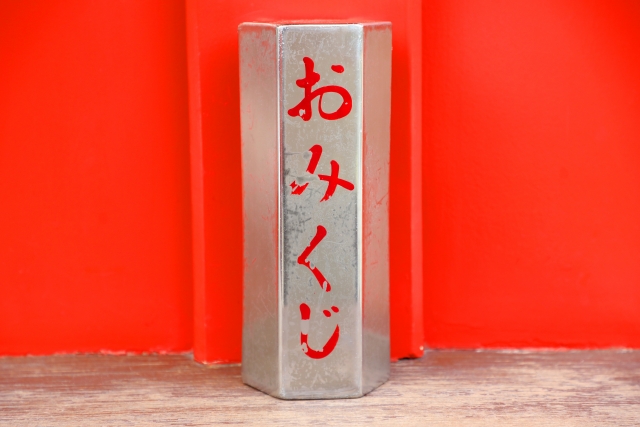Omikuji (おみくじ) are traditional Japanese fortune slips found at Shinto shrines and Buddhist temples.
Visitors draw them to receive guidance or predictions about different aspects of life, such as health, love, business, or travel.
The word omikuji comes from kuji (lottery), reflecting the random nature of drawing a slip.
History of Omikuji
The origins of omikuji can be traced back to the Heian period (794–1185).
Initially, they were used for decision-making at temples, often to determine important matters by divine will.
Over time, omikuji became more accessible and transformed into a fortune-telling practice for ordinary people.
Types of Fortunes
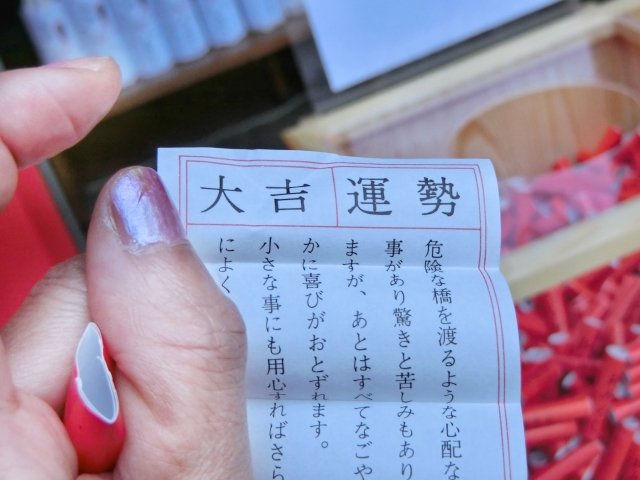
Daikichi (大吉) – Great Blessing
The best result, symbolizing excellent fortune, success, and happiness.
Chūkichi (中吉) & Shōkichi (小吉) – Middle & Small Blessings
Moderate luck, often meaning gradual progress or small successes.
Kichi (吉) – Blessing
A general good fortune, but with advice to be cautious.
Suekichi (末吉) – Future Blessing
Luck that will come later, after patience and effort.
Kyō (凶) – Curse / Bad Luck
Unfavorable fortune. However, it often comes with advice on how to overcome challenges.
How to Draw an Omikuji
-
Approach the omikuji stand at a shrine or temple.
-
Pay a small fee (usually 100–300 yen).
There are two common styles:
Lottery Box Style
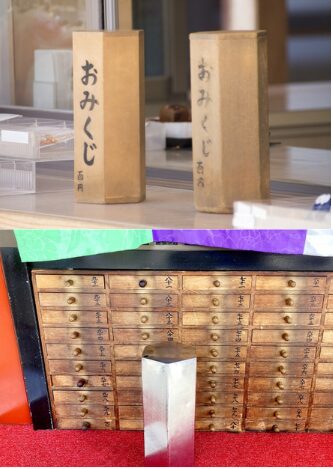
Shake a wooden box until a numbered stick comes out, then receive the corresponding fortune slip.
Self-Service Box Style
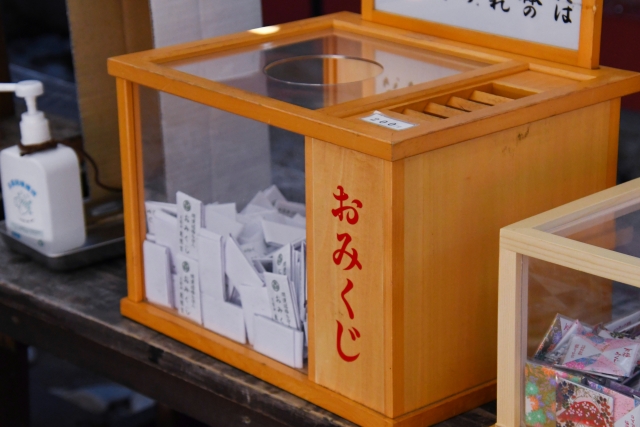
Place your coin into a donation box, and directly pick one folded paper slip from the box yourself.
-
Read your fortune and reflect on its message.
What to Do with Omikuji
Taking It Home
If the fortune is positive, many people keep it in their wallet or bag as a lucky charm.
Tying It at the Shrine
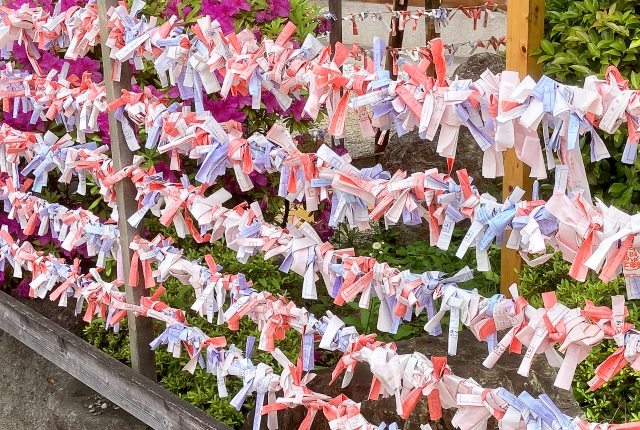
If the fortune is bad, it is common to tie the slip onto a designated rack or tree branch at the shrine.
This practice symbolizes leaving bad luck behind while keeping the lesson of the fortune.
Where to Try Omikuji in Japan
-
Meiji Jingu (Tokyo): Offers fortunes in multiple languages for international visitors.
-
Senso-ji (Tokyo): One of the most famous places to experience omikuji.
-
Kiyomizu-dera (Kyoto): Popular among students and tourists alike.

